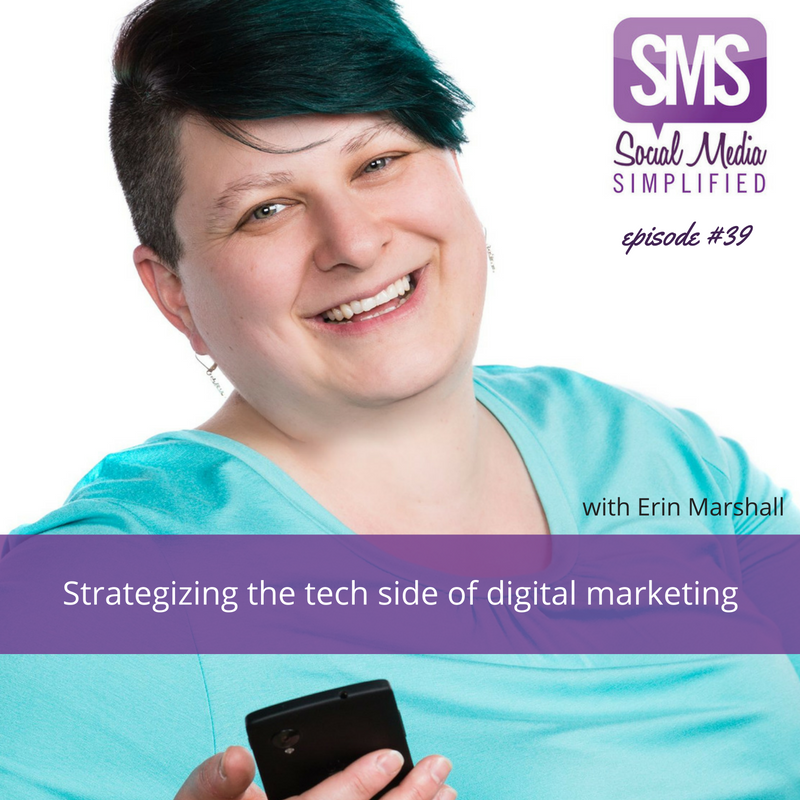Are you a small business owner looking to build your audience and increase your know, like and trust factor with potential clients? Live video is the latest marketing technique used to educate audiences on what it is you have to offer, and social channels, such as Facebook are rewarding those who have ventured in to live video.
Allison Hardy is a Business Strategist for mompreneurs who focuses on the importance of Facebook Live. I first saw Allison in a Facebook Live in a popular group I'm a member of and knew I needed to talk to her—so she is joining me on the podcast today.
Allison uses Facebook Live because she believes live video builds your know, like and trust factor. When we buy something, it is because we have developed a relationship of knowing and trust with a business or person.
Why choose Facebook Live?
Facebook Live is real time– you cannot hide or edit. Viewers can ask questions live and you can answer in real-time creating a genuine connection.
Periscope started the live video trend in 2015 and business owners were quick to start building big empires by connecting with people via live video. Because of this Facebook created Facebook Live and reward those who use it.
How does Facebook favour Facebook Live?
Facebook Live videos will show up in newsfeeds more than other text-based posts. They want people watching Facebook live videos so when people do them they show up in newsfeeds more. A lot of pages and groups also will send you a notification when someone you know is on live, which means even more viewers. Facebook Live will get you in front of your people more often.
In addition to favouring people using it, Facebook also favours engagement. If you are offering really valuable comment, people are going to share, react and give you comments. The more people engage with your Facebook Live, the more it will continue to be seen long after the live is over.
Another thing to note is that Facebook likes it when people stay on Facebook. Creating native content (uploading a video directly to Facebook or a Facebook Live) is a way to keep people where Facebook wants them and can get you better reach than when you direct them to another website.
One way to get more bang from your live is to broadcast your Facebook Live video from your Business Page and then share it into other groups. This helps more people see it and shares are popular with the algorithm.
The value to broadcasting Facebook Lives directly within a group is that you are providing added value for being a member of that group.
What if I make a mistake?
People make mistakes and that’s okay! The more you do Facebook Live the more confident you will be. Find a safe place and just do it. More often than not people are supportive when mistakes happen. You just have to muster up the guts and confidence to do it. People realize you are putting yourself out there—not everyone does live video so it is something that people will tune into and want to watch. They want to learn from you. They want to see how you relate and what you have to offer.
What should I talk about?
What are you working on right now? What mistakes have you made and how are you going to fix them? Talk about the things you are working on in your business or a mistake that you made or how you are setting yourself up for success. People want to hear about what you are working on, so talk about that. Even if you don’t find a certain topic interesting, someone else out there does. There is always someone out there looking to learn from you.
Final tip
When you are doing Facebook Live always ask for engagement. Invite followers to engage from the very beginning. Ask them to say “hello,” then, when you launch into your content, ask them pointed questions. Asking questions builds engagement and increases your know, like and trust factor and means more and more people will keep seeing the content you've taken the time to create.
Will you be using Facebook Live? Leave a comment with a link to one so we can come and check it out, or come on over to the Biz Studio Community and try Facebook Live out with us!





















